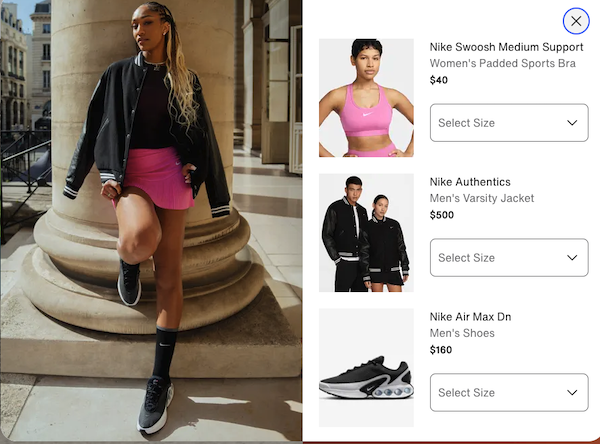Visibility into Amazon’s pricing timetables and logic can be one of the most frustrating concerns for brands.
Amazon often drops prices without indicating beforehand, leaving some brands scrambling to match pricing among their other channels.
An effective digital shelf analytics solution could provide helpful buy box monitoring. This tool offers an in-depth look at which brands and products are winning the sale, those sales prices, who is driving the price fluctuations — Amazon, the brand, or competitive retailers — and potential violations by third-party sellers.
Step 3: Optimize Reviews on Your Product Pages
Shoppers often use the number of stars to determine if a product listing on Amazon is even worth opening. Product reviews must be a priority.
Positive reviews should be acknowledged, and negative comments should be addressed and remedied. Doing so will help float your products to the top of search results, leading to more sales and (eventually) more reviews.
Step 4: Optimize Product Content and Imagery Regularly
For global shoppers, the quality of your product content is one of the most important features for making buying decisions. From the number of feature bullets you list on your product page and the length of your product titles and descriptions to the number and quality of product images, videos, and other enhanced content features, shoppers have high expectations for brands.
Regularly reviewing and optimizing product pages can help you maintain a competitive edge on Amazon. You must understand what works for your products and what doesn’t.
Getting these insights requires pulling back the veil on Amazon’s many mysteries — a feat that often proves difficult for brands to accomplish independently. An effective digital shelf analytics solution could help you identify opportunities for optimization based on industry-tested best practices.
Download the “10 Essential Product Page Best Practices (With Examples From Top Brands” to get tested tips for building winning shopping experiences.







